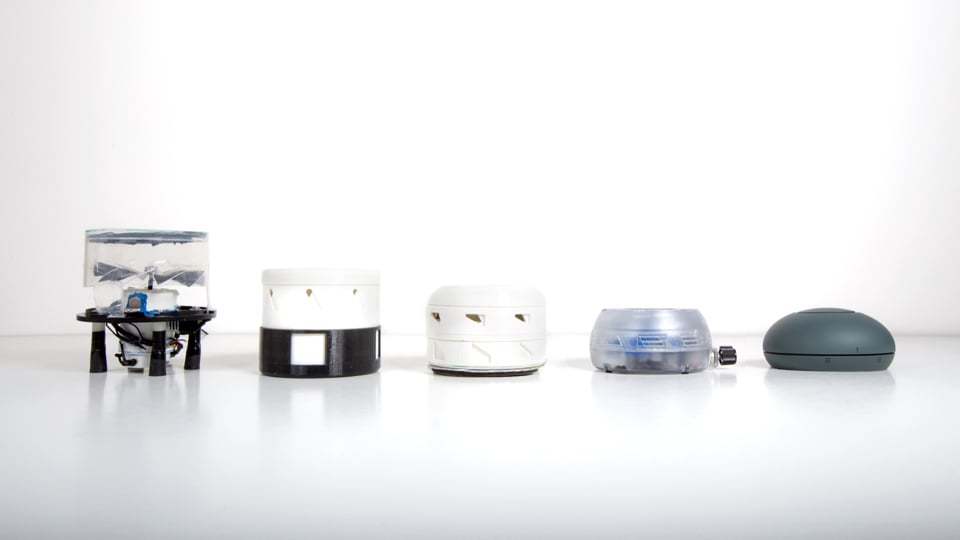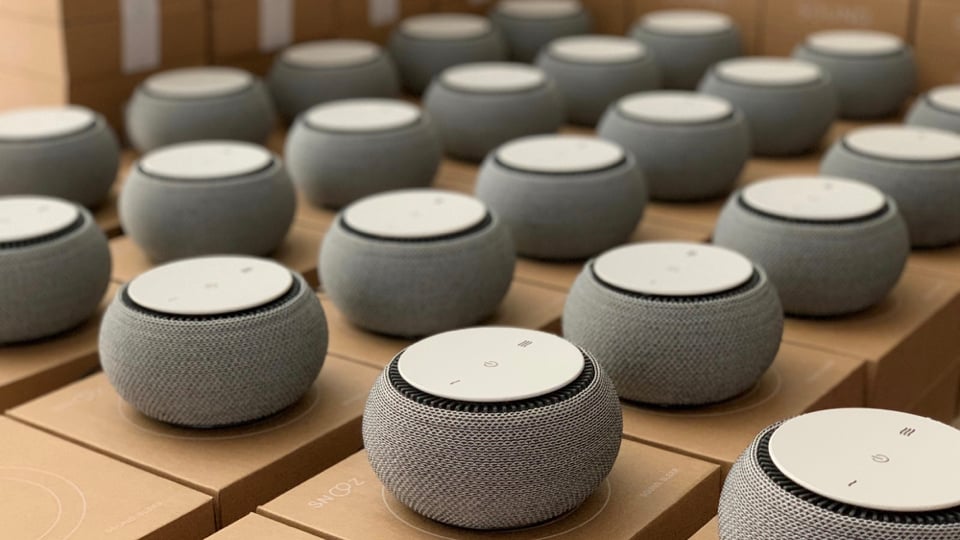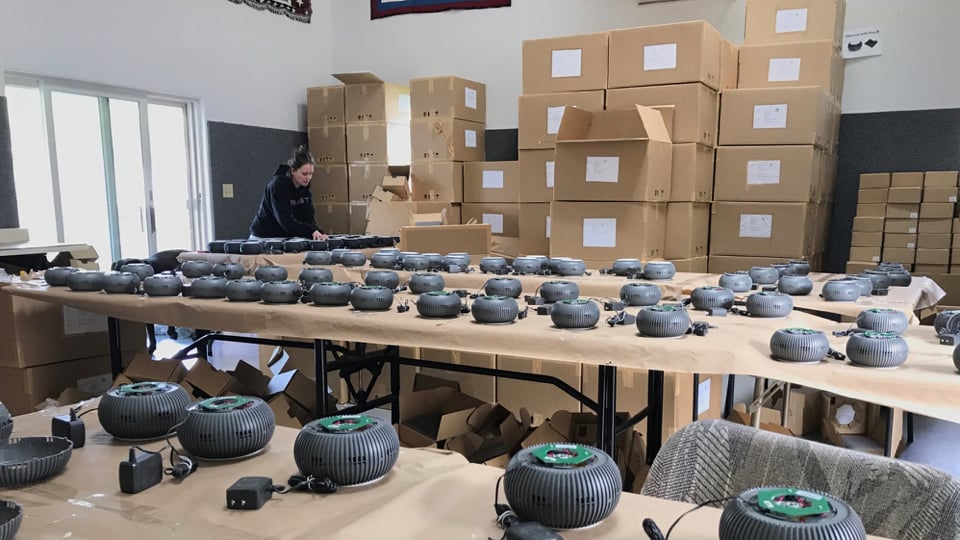
3D printing has evolved into a billion-dollar industry based on much more than the ability to create models or prototypes that might just sit on a shelf. The difference between rapid prototyping and 3D printing today is that an infinite number of 3D designs and complex geometries can be modeled and printed for product development, but also for functional end-use parts playing a role in critical medical medical applications, aerospace, and automotive.
A Little 3D Printing History
A revolutionary process that has made impacts in nearly every industrial application around the globe, 3D printed rapid prototyping was created by engineer Chuck Hull in 1983. In its original form, Stereolithography (SLA) was invented to solve a practical problem in speeding up product development. Tired of waiting to get down to business in making new parts, Hull worked in his lab for years to come up with a better solution. Initially inspired by the common practice of using multiple layers of coatings to strengthen products, Hull was curious to see if he could indeed make 3D objects with thousands of layers of resin material cured and hardened by a UV laser.
While it may have taken decades for his invention to hit the mainstream market, 3D printing quickly played a continued role in success behind the scenes for innovative products being made by automotive companies thinking ahead of their time, along with organizations like NASA. Today however, without the services of 3D printing, many traditional manufacturers still remain stalled during prototyping, waiting for models to be produced by other methods which could hold projects up indefinitely and cost substantially more.

Fast Turnaround Leads to More Efficient Feedback
Although additive manufacturing is being used for functional parts in important applications, manufacturers rely on 3D printed rapid prototyping services more than ever before. One important difference is that now they may use the same material and technology for both prototyping and functional use. This is made easier due to the ever growing selection of advanced 3D printing materials and technologies to choose from.
No lead time is required, meaning that designers have the freedom to choose when they want to start prototyping. At Shapeways, the process is as easy as uploading a 3D model and getting an instant quote back along with file analysis to ensure quality 3D printing. While some customers may create 3D printed prototypes for displays or meetings, others may be iterating their way to perfection.
The 3D printed rapid prototyping process could require a couple of different iterations before product development moves on to the final part, but there are some Shapeways customers who go through a much more intense process, prototyping, making changes after feedback, and then continuing to iterate over a hundred times. Stringent project requirements and design guidelines usually dictate how rigorous the prototyping process will be, but that is completely up to the customer.

Typical 3D Printing Materials & Technology for 3D Printed Rapid Prototyping
Freedom in design is key when prototyping which is why so many Shapeways customers choose materials like Nylon 12 [Versatile Plastic] and technology like Selective Laser Sintering for both prototyping and functional use. SLS 3D printing offers high accuracy, along with good mechanical properties for prototypes. Offered in an array of colors for dyeing, as well as finishes–from Natural to Smooth–Nylon 12 [Versatile Plastic] is extremely popular because it is strong, yet flexible too. This translates to stronger, thicker parts 3D printed with greater rigidity, while thinner parts result in more elasticity.
Because SLS 3D printing operates as a subcategory of powder-based technology, supports are not required–resulting in much greater latitude in 3D modeling as any worries about designing for supports are eliminated, making the prototyping process even faster. Without support structures, the potential for damaging parts after 3D printing is also removed.
Materials like Multi Jet Fusion Plastic PA12 are also used in 3D printed rapid prototyping due to high strength and accuracy, and the same amount of design freedom offered through MJF with no need for support structures. Multi Jet Fusion technology is extremely well-adapted for prototyping due to precision in parts, as well as the excellence offered in surface quality and texture.
For prototypes that require finer details, designers often turn to SLA technology with materials like Accura 60, Accura Xtreme, and Accura Xtreme White 200. SLA 3D printing offers accuracy, good mechanical qualities, and also nice smooth surface finishes which make it a popular choice for designers making 3D printed rapid prototypes or end parts that require a more realistic look.
Find out more about rapid prototyping services with Shapeways here.
About Shapeways
Enjoy the benefits of this advanced technology and a wide range of materials from Shapeways for 3D printing your creations with accuracy, complex detail, and no minimum or limits in terms of mass customization or single part orders. Shapeways has worked with over 1 million customers in 160 countries to 3D print over 21 million parts! Read about case studies, find out more about Shapeways additive manufacturing solutions, and get instant quotes here.


